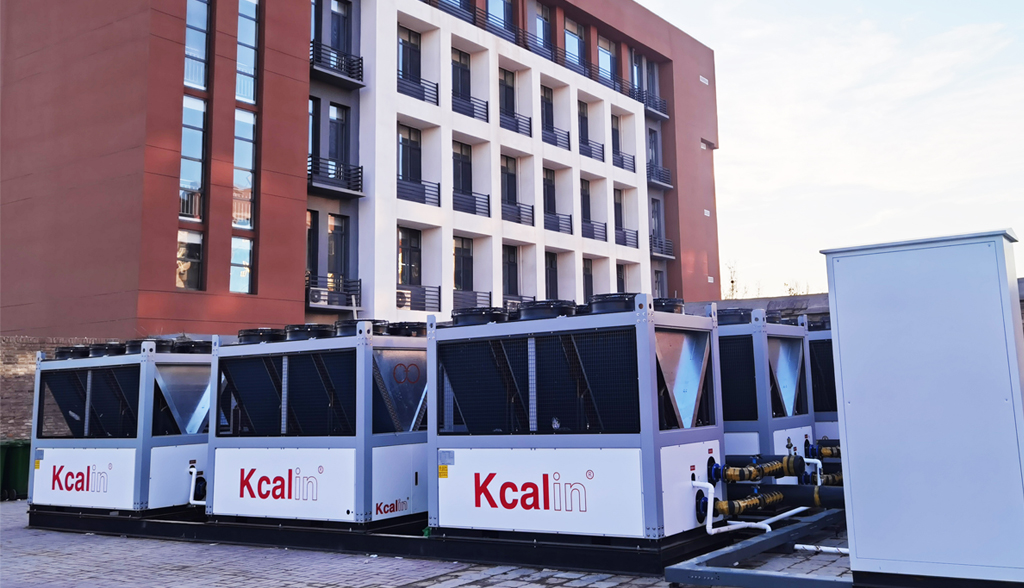With the continuous development of technology, heating methods are also constantly innovating. Among numerous heating equipment, air source heat pumps and traditional heating equipment have become the two popular choices in the market. So, which one is better than traditional heating compared to air source heat pumps? Today, we will provide a detailed analysis for everyone.
Energy saving comparison: The air source heat pump adopts the reverse Carnot cycle principle, with an energy efficiency ratio of over 3.0, which means that it consumes 1 part of electricity and can convert more than 3 parts of heat energy. However, traditional heating equipment such as coal-fired boilers and electric heaters generally have an energy efficiency ratio of less than 1.0, and their energy efficiency is far inferior to that of air source heat pumps. In today's increasingly energy constrained world, the energy-saving performance of air source heat pumps undoubtedly has more advantages.
Environmental comparison: Traditional heating equipment generates pollutants such as waste residue and exhaust gas during operation, which have a certain impact on the environment. Air source heat pumps use air as the heat source, without combustion, waste residue, or exhaust emissions, truly achieving green and environmental protection. Against the backdrop of promoting low-carbon living in our country, the advantages of air source heat pumps are becoming increasingly apparent.

Comfort comparison: Air source heat pumps have uniform indoor temperature distribution during heating, avoiding the problem of local overheating or overcooling in traditional heating equipment. At the same time, the air source heat pump has a constant temperature control function, which can automatically adjust the indoor temperature according to user needs, providing higher comfort.
Installation and maintenance comparison: Air source heat pumps are easy to install and do not require complex underfloor heating pipelines. They only need to connect the outdoor unit to the indoor terminal equipment. However, traditional heating equipment installation is cumbersome, especially underfloor heating, which requires laying a large number of pipelines. In terms of maintenance, air source heat pumps only require regular cleaning of the filter screen, while traditional heating equipment requires regular cleaning of the flue, boiler, etc., resulting in higher maintenance costs.
Scope comparison: Air source heat pumps are suitable for various types of buildings, whether residential, commercial, or public, and can meet heating needs. However, traditional heating equipment has limitations in its applicability, such as coal-fired boilers not being suitable for high-rise buildings, and electric heaters having limited heating areas.
Safety comparison: The air source heat pump adopts a water electricity separation design, with no risk of electric shock. Traditional heating equipment, such as electric heaters, have certain safety hazards. In addition, improper operation of coal-fired boilers during operation may lead to safety accidents such as carbon monoxide poisoning.
Air source heat pumps are superior to traditional heating equipment in terms of energy efficiency, environmental friendliness, comfort, installation and maintenance, applicability, and safety. Although the initial investment of air source heat pumps is relatively high, in the long run, their energy-saving advantages and low maintenance costs make them more cost-effective.
In this era of pursuing green and low-carbon living, air source heat pumps have become heating equipment for more and more households and businesses. Choose air source heat pumps to make our lives warmer, more comfortable, and environmentally friendly!







Comment